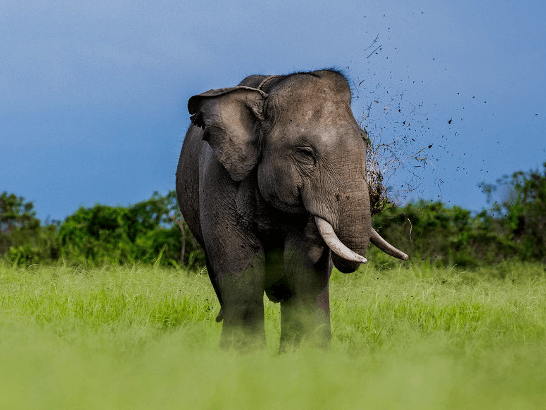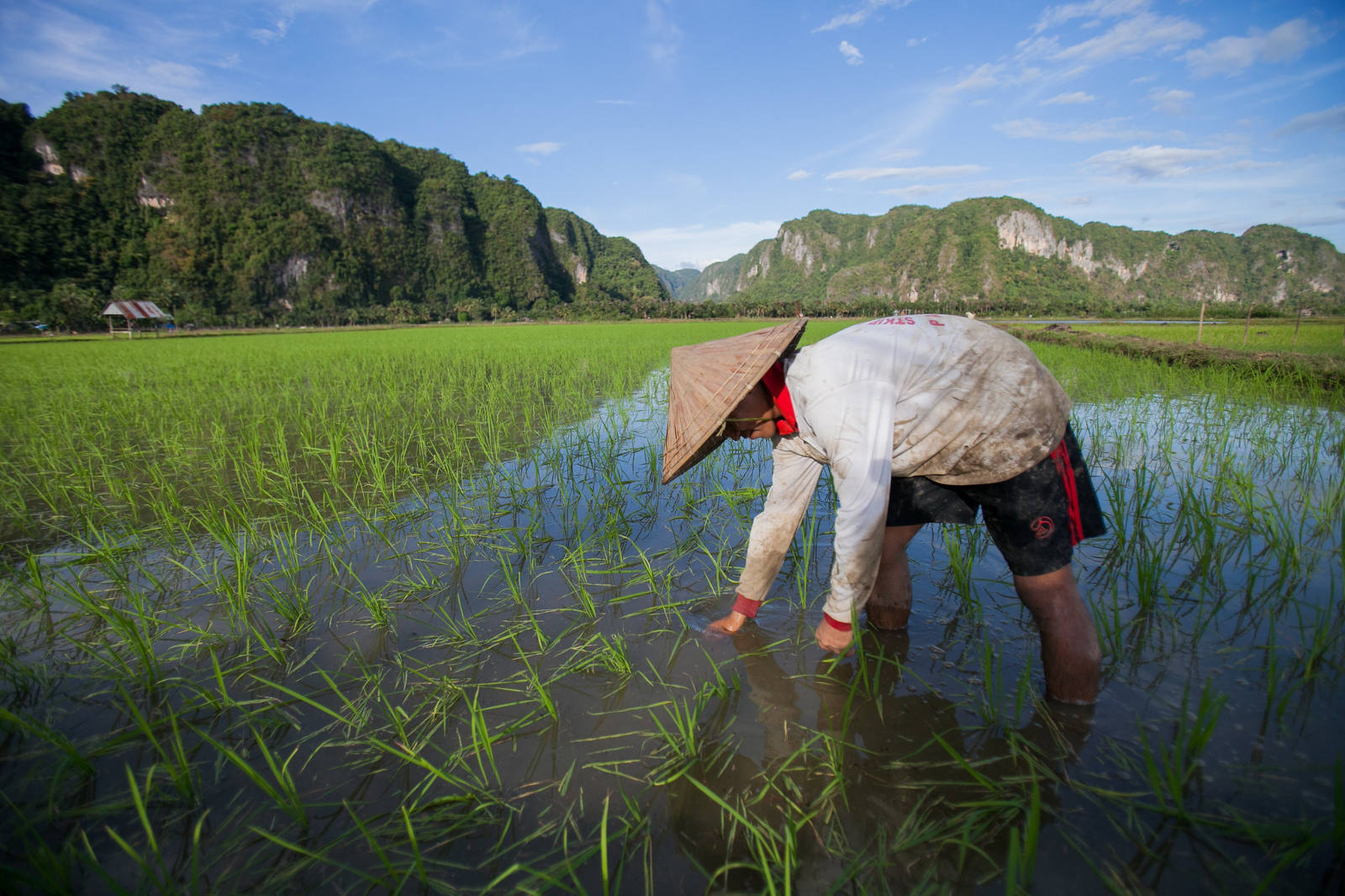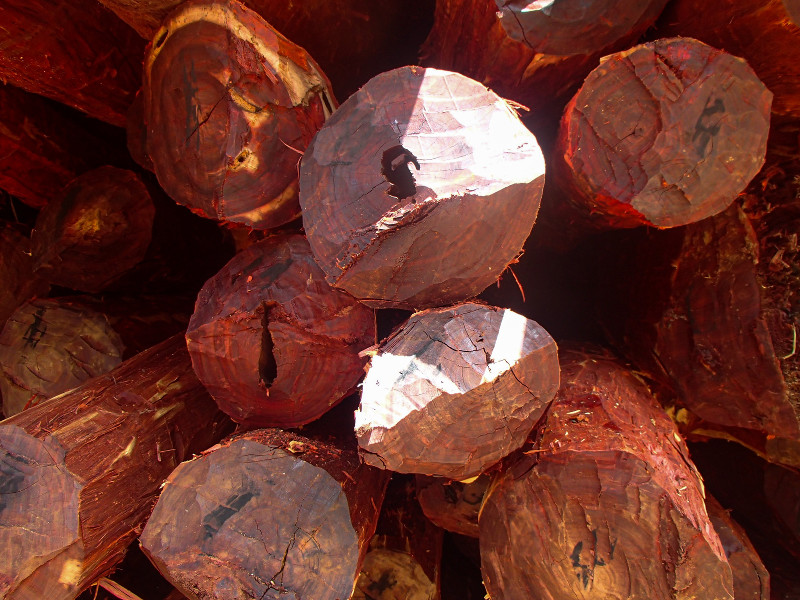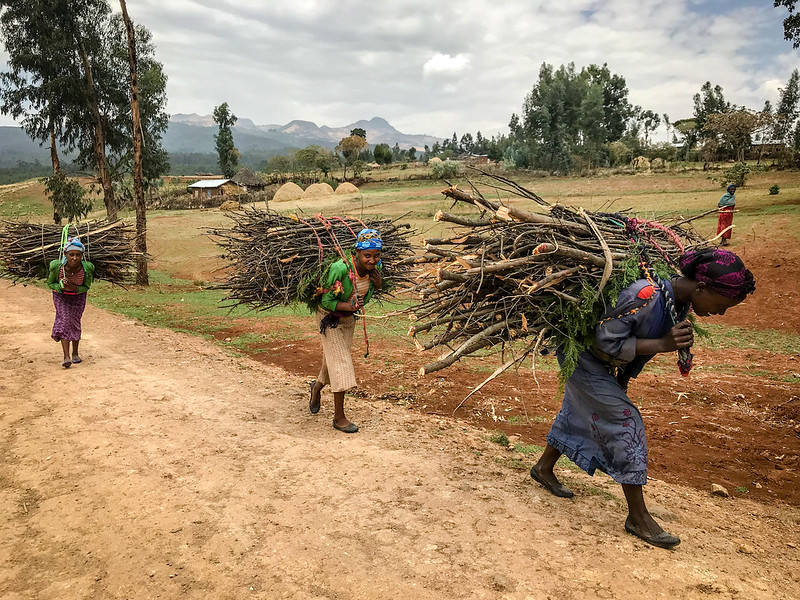During our ongoing study of ascomycetes in Yunnan Province of China, a saprobic fungus was collected on a dead stem of Bidens pilosa (black-jack) in Yunnan Province, China. Preliminary identification based on the LSU, SSU, and ITS nucleotide BLAST searches demonstrated that the new isolate is related to Praeclarispora artemisiae and Phragmogibbera herbicola. Praeclarispora artemisiae and Ph. herbicola are morphologically resembled in having erumpent to superficial, subglobose, ostiolate ascomata, composed of thick-walled, carbonaceous or coriaceous, scleroplectenchymatous celled peridium, 8-spored, bitunicate, narrowly obovoid to cylindric-clavate asci and fusiform, versicolor, septate, thin- and smooth-walled ascospores. Phylogenetic analyses of the combined LSU, SSU, and ITS sequence dataset revealed that the new isolate shared the same branch length with Ph. herbicola but clustered with Pr. artemisiae in Leptosphaeriaceae. Hence, Ph. herbicola is transferred to Praeclarispora, and the new combination, Praeclarispora herbicola comb. nov. is introduced herein. The new isolate shows to be conspecific with Pr. herbicola based on morphological characteristics and is also supported by phylogenetic evidence. Therefore, our new isolate is identified as Pr. herbicola which is reported on Bidens pilosa for the first time.
DOI:
https://doi.org/10.11646/phytotaxa.634.3.6
Altmetric score:
Dimensions Citation Count:
























